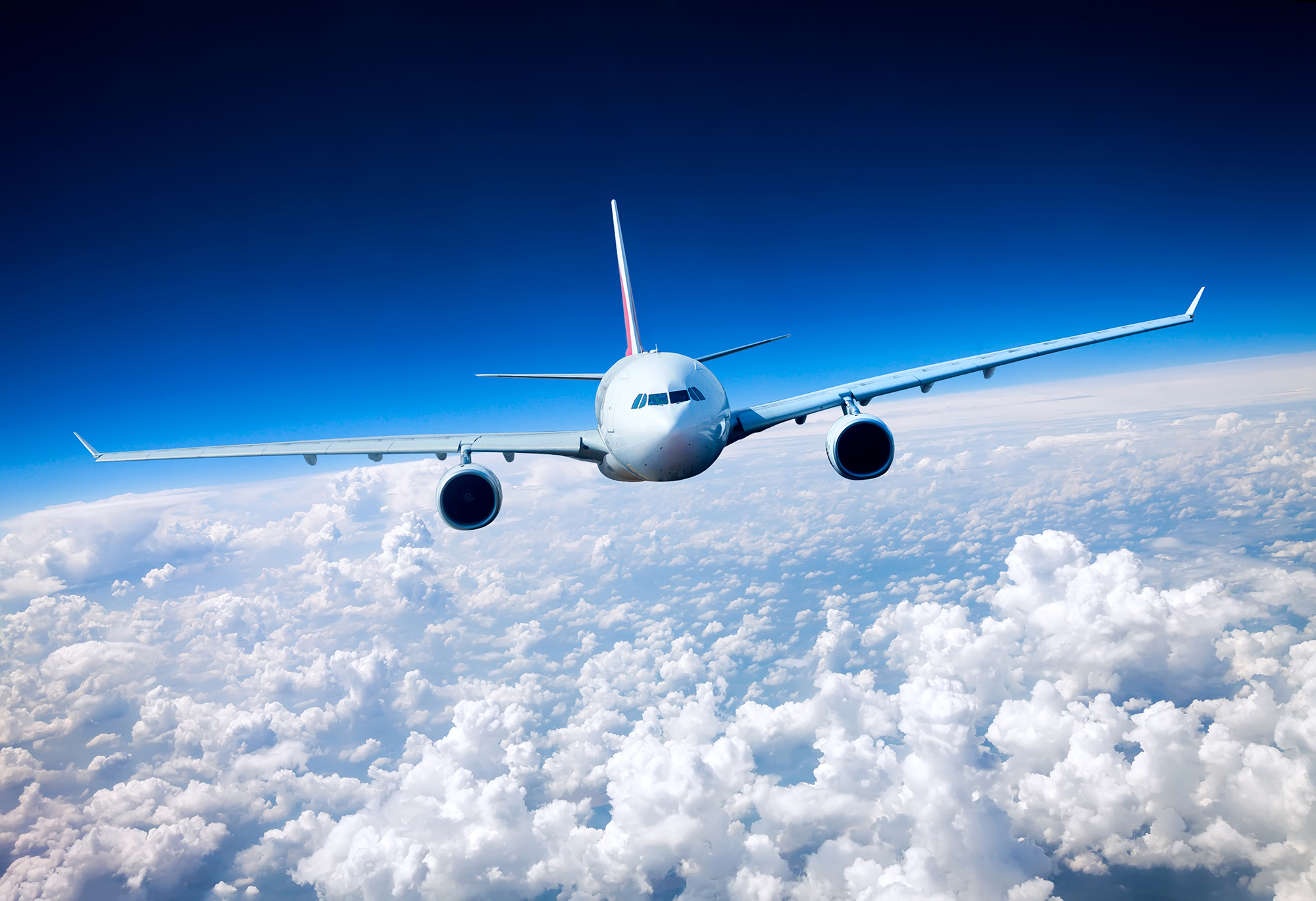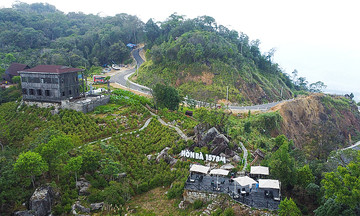‘Blue ice’ refers to frozen airplane lavatory waste mixed with blue disinfectant that leaks from aircraft at altitudes above 10,000 meters, where temperatures can drop below -60 degrees Celsius. As the aircraft descends, these frozen blocks can detach and fall to the ground, occasionally causing property damage or injuring people below. Unlike other mysterious aviation symbols that travelers enjoy deciphering, ‘blue ice’ is a term that evokes a visceral reaction due to its unpleasant nature.
 |
An airliner in flight above 10,000 meters. Photo: *Rare gallery* |
Although modern aircraft lavatory systems are designed to be completely sealed and are regularly inspected, microscopic cracks or faulty rubber seals can still cause leaks.
According to experts at Brookfield Aviation, a UK aviation services company, ‘blue ice’ incidents are not as rare as one might think, with numerous reported cases causing public concern.
In 2015, a 60-year-old woman in India narrowly escaped death when a block of ice, suspected to be from an airplane lavatory, fell from the sky. She suffered a shoulder injury, but witnesses said the situation could have been much worse had the ice not hit the roof terrace before striking her.
A year later, in Canada, teacher Stephanie Moore awoke to a loud crash and discovered a large hole in her roof and water on the floor. Roofers called it the "strangest incident" they had ever seen and suspected ‘blue ice’ as the cause.
In 2012, two homes in Long Island, New York, were severely damaged when a heavy object fell from the sky and pierced their roofs. The Federal Aviation Administration suspected frozen waste from an aircraft with a faulty lavatory system.
In 2014, Daljit Bhail, owner of a nearly 4 million USD villa near Heathrow Airport in the UK, expressed outrage after ‘blue ice’ shattered a skylight in his garden. He noted that his property had suffered repeated damage over the years from low-flying aircraft, causing turbulence that dislodged roof tiles and damaged the house's structure.
Another notable incident occurred in 1971 when a block of ice fell through the roof of a London chapel during a service.
The UK Civil Aviation Authority (CAA) receives around 25 reports of ‘blue ice’ incidents annually, a figure similar to that reported in North America. Most of the ice falls in unpopulated areas or disintegrates before reaching the ground, but this is not always the case.
A Brookfield Aviation expert emphasized the importance of regular maintenance of aircraft lavatory systems, even though it's a part of the plane passengers rarely consider. "Next time you're sitting in your garden and you see a plane fly overhead, spare a thought for the aircraft engineers working behind the scenes to make sure frozen effluent doesn't land on your patio furniture," the Brookfield representative said.
Anh Minh (*DM*)












